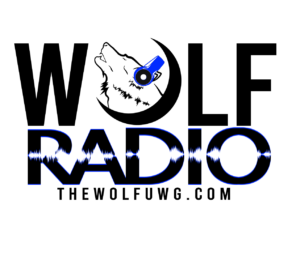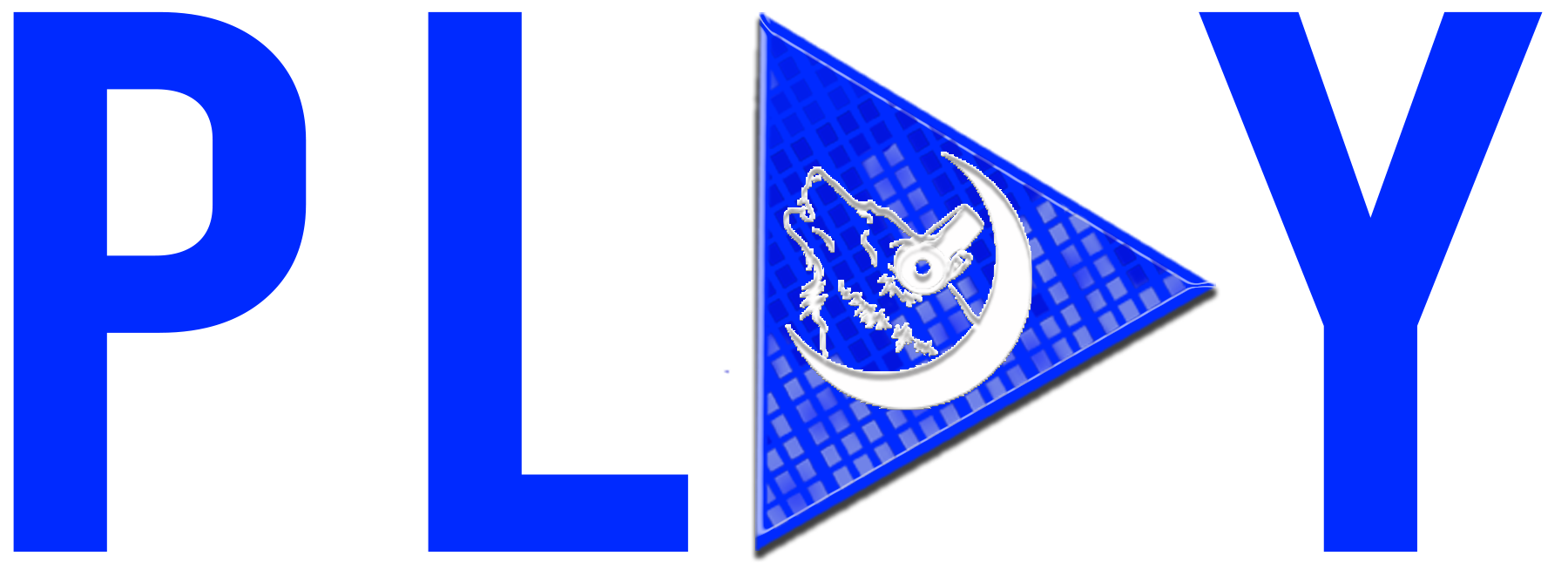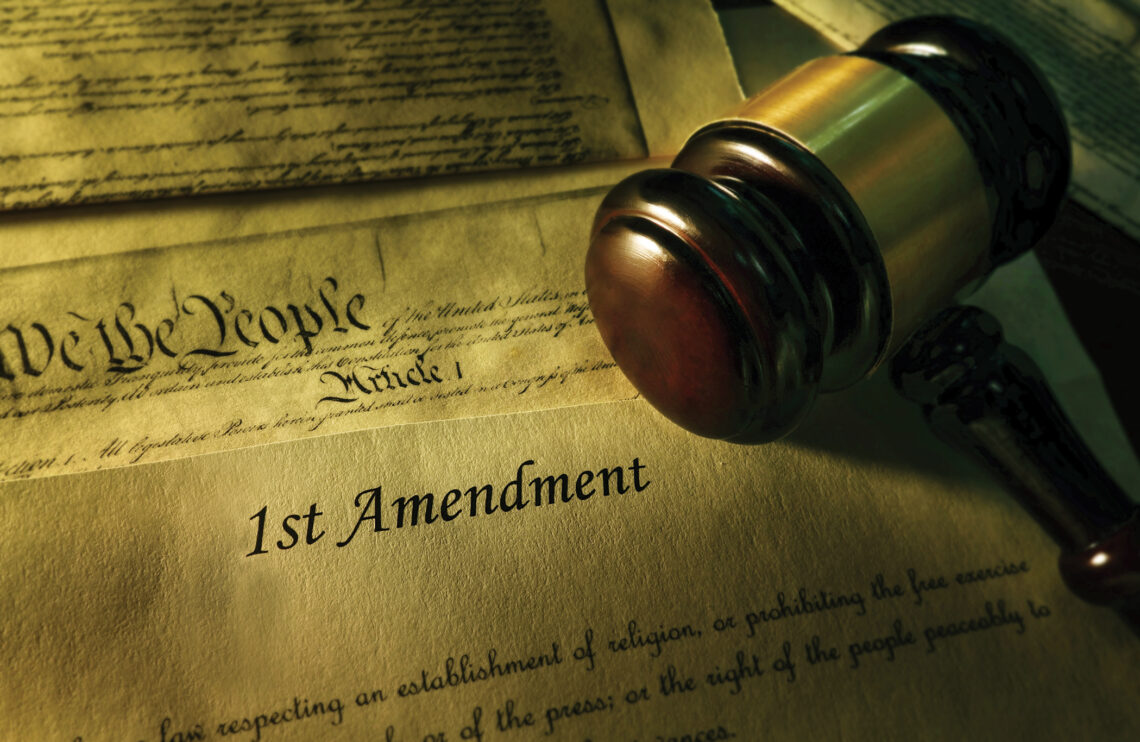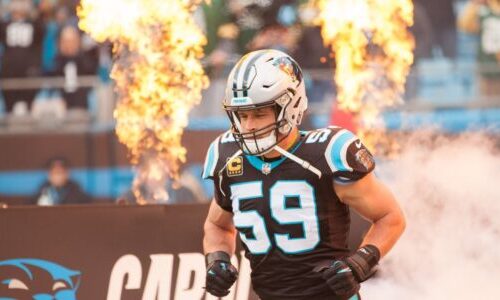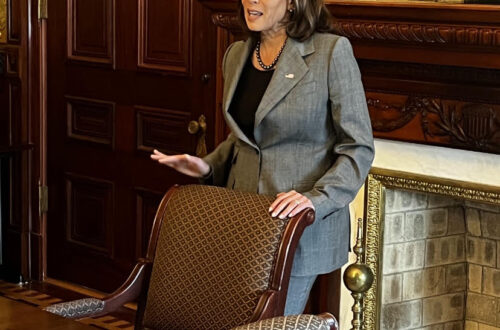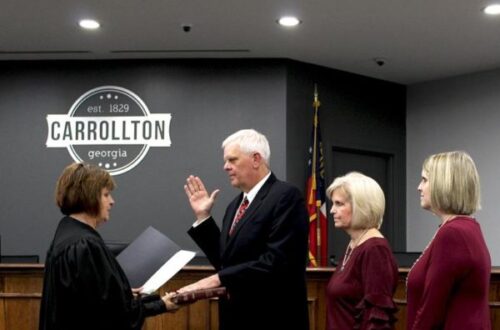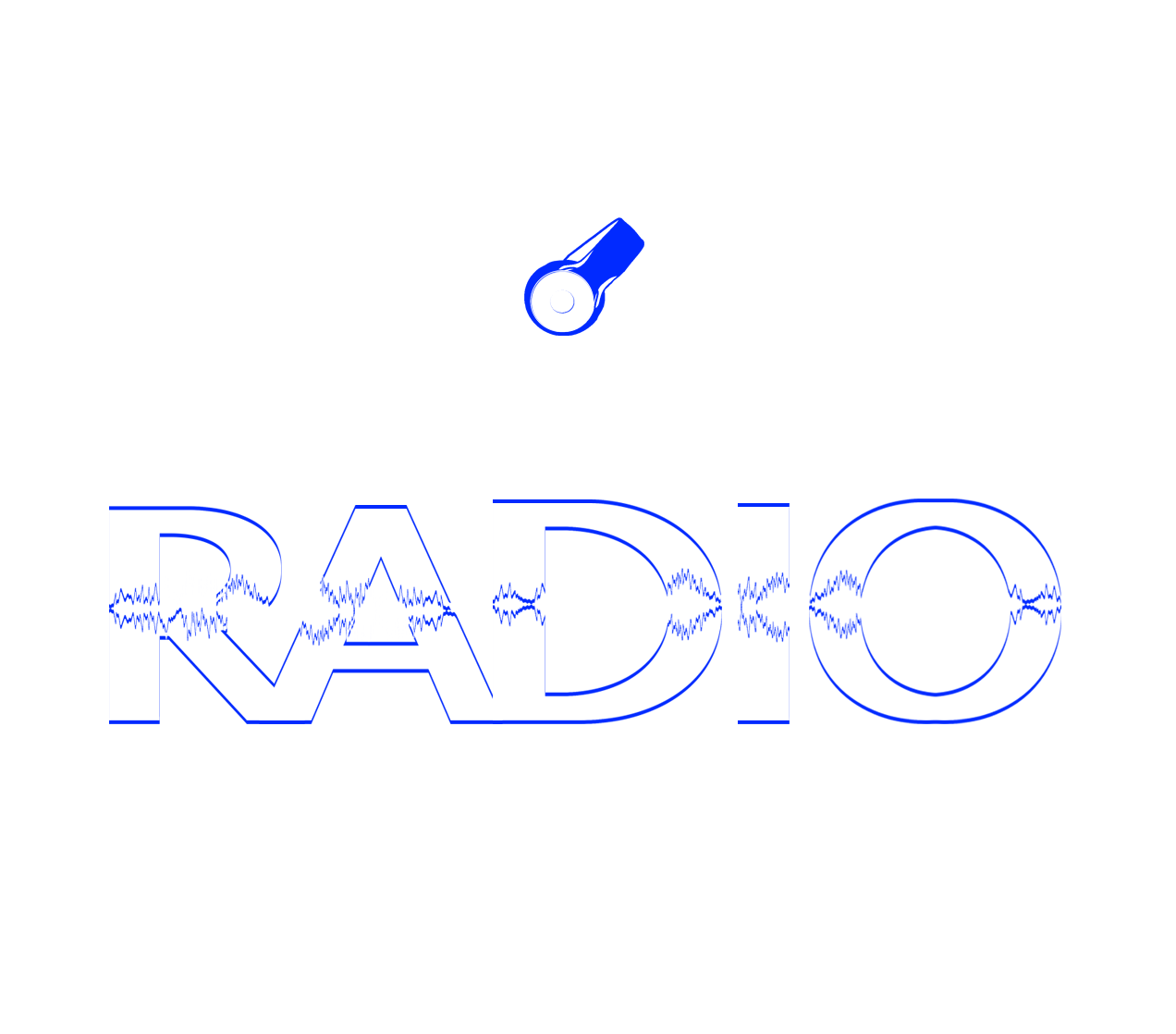The First Amendment doesn’t protect what most people think it does. Especially now on social media, many people claim the First Amendment as a justification for actions to say or do what they want. For example, rapper Kanye West went on his racist and anti-Semitic Twitter rant, or prosecutors used Young Thug’s music against him in a criminal court case.
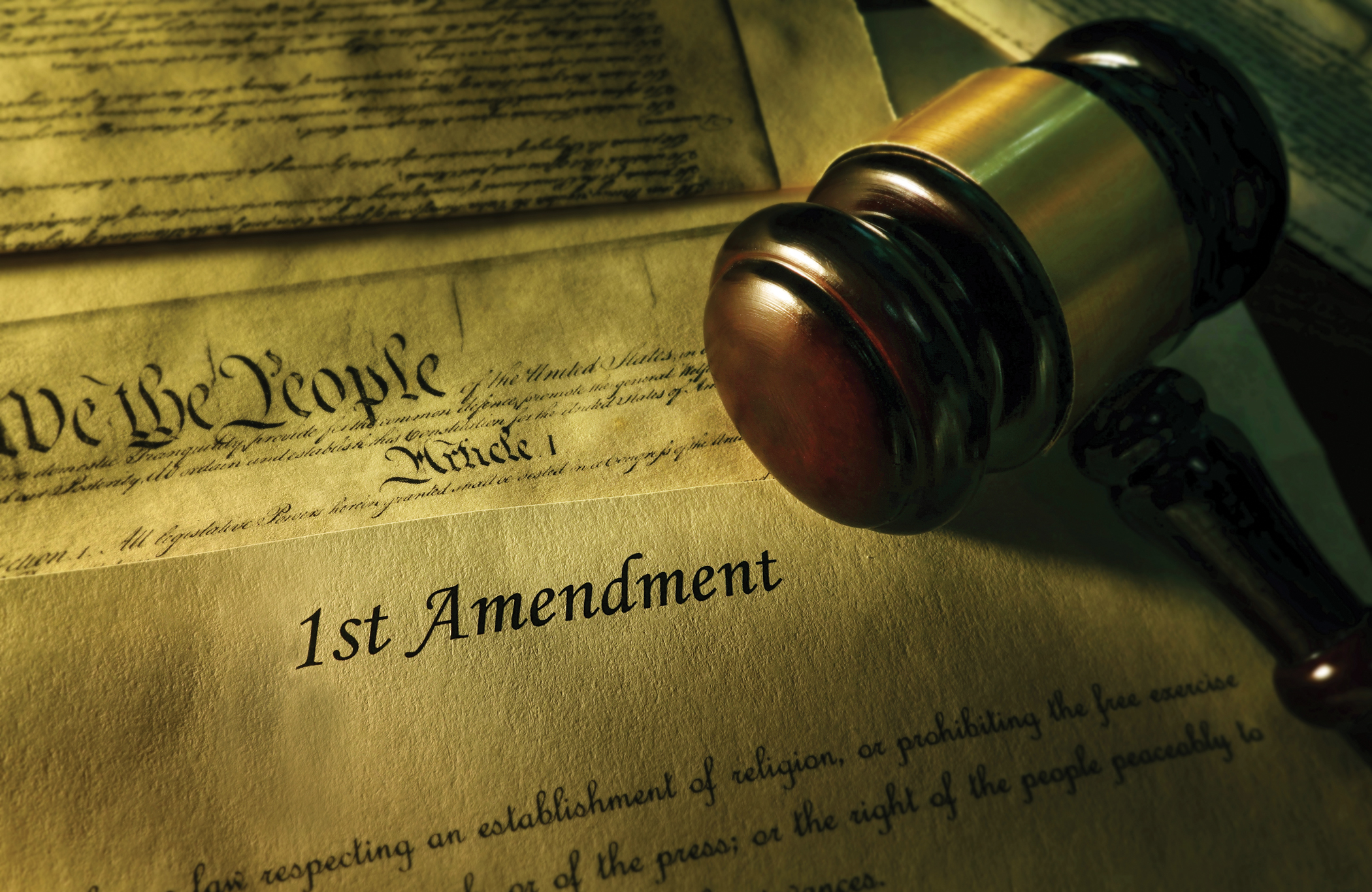
The First Amendment to the U.S. Constitution
“Congress shall make no law respecting an establishment of religion, or prohibiting the free exercise thereof; or abridging the freedom of speech, or of the press; or the right of the people peaceably to assemble, and to petition the Government for a redress of grievances.”
No statement in the First Amendment says people are allowed to do whatever they want. It says people have the right to exercise religion, express themselves through speech, peacefully assemble such as a protest, and petition the government about an issue. So how did this misconception about the First Amendment start?
Mainly, the blame lies in the popularity of the Absolutist Theory. “To say or do what I want,” follows this justification in The Absolutist Theory, which supports no government censorship in forms of communication. The theory believes that the First Amendment presents an absolute or complete barrier to government censorship, so all information can be shared and actions performed without repercussions. Obviously, this brings up many red flags, such as impeding upon people’s privacy and slandering people’s names. So this theory was never fully embraced by a majority of the Supreme Court.
The Marketplace of Ideas Theory tones down the extremeness of the Absolutist Theory, but still allows the same principles that everyone can speak with no limits. In 1919, Supreme Court Justice Oliver Wendell Holmes Jr. introduced the marketplace rationale for protecting speech to First Amendment case law. The premise of the theory is through free and fair competition in publishing and sharing ideas, the truth will always be discovered. However, many critics of this theory claim it allows hate speech to be circulated despite its lack of value, and those with more resources can own and control the mass media.
The First Amendment does protect hate speech. Hate speech is defined on thelawdictionary.org, “as any offensive speech targeted toward people based on race, religion, sexual orientation, or gender.” Printed, broadcasts, and painted signs that contain hate speech are generally protected.
For example the picture below:
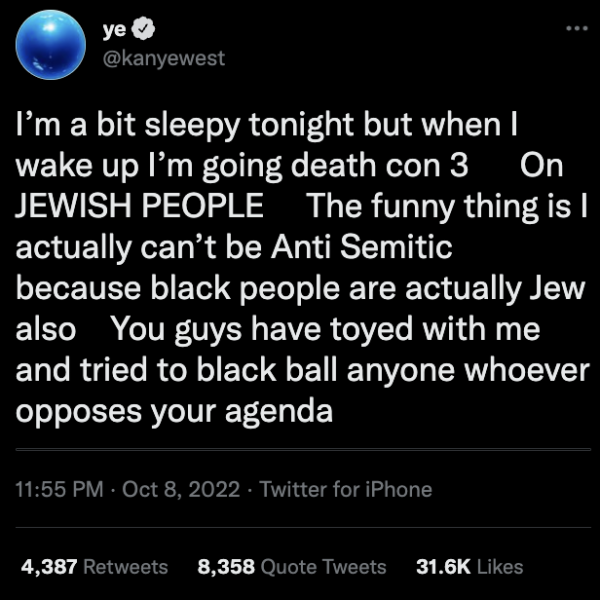
Kanye West did have his account locked for violating Twitter’s policies, despite deleting the tweet. But the tweet did fall within his First Amendment right to say it. When it comes to hate speech the government permits it, so it falls under the responsibility of social media platforms to control what people say.
Controlling what people say does clash with the First Amendment, which is why when people sign up for social media platforms they have to agree to terms and conditions. Each social media site has its own terms and conditions and within those lay the standards for hateful conduct.
Twitter’s Hateful Conduct standards include hateful references, imagery, incitement, dehumanization, slurs, and tropes.
So since the First Amendment protects hate speech, what about inciting violence? Young Thug faced charges in court and prosecutors used lyrics from his songs against him.
- Anybody (2018), “I never killed anybody but I got something to do with that body.”
- Just How It Is (2018) “Gave the lawyer close to two mil, he handles all the killings.”
- Take It to Trial (2020) “For slimes you know I kill, trial, I done beat it twice, state, I’m undefeated like feds came and snatched me.”
At the time of trial in 2022, Attorney Fani Willis said at a press conference, “I believe in the First Amendment, it’s one of our most precious rights. However, the First Amendment does not protect people from prosecutors using it as evidence if it is such.”
Music is a form of broadcast media, so critics argue it deserves the same protection as news reporting. A reporter’s words can not be used against them unless brought up in a libel lawsuit.
Libel isn’t something one can particularly do to themselves. The definition of libel is a written or oral defamatory statement or representation that conveys an unjustly unfavorable impression. If you make a statement about yourself performing such violent actions, it becomes a creative expression that brands you. But the lack of protection seems to be because violent lyrics can be considered fighting words. Fight words are, “those which by their very utterance inflict injury or tend to incite an immediate breach of the peace.” Another layer that goes into this is the likelihood of such actions occurring. A rapper can say violent lyrics, but when they’re charged in a court case pertaining to the actions brought against them, the likelihood of the actions increases, so those words are no longer protected.
California and New York passed laws in 2022 that try to protect artists’ creative expression. An article in The Guardian explains, “It applies to all genres of music, dance, film and other art forms, though the law acknowledges that using rap lyrics in particular creates a substantial risk of prejudice.” The bill passed in New York summarized: “Establishes an assumption of the inadmissibility of evidence of a defendant’s creative or artistic expression against such defendant in a criminal proceeding; requires the proffering party to affirmatively prove that the evidence is admissible by clear and convincing evidence.”
Where the First Amendment falls short, new laws and rules will be erected to amend it to society’s standards. However, the First Amendment is a law and all laws in the United States are open to interpretation. So the First Amendment means whatever the Supreme Court of the United States says it means given the context.
